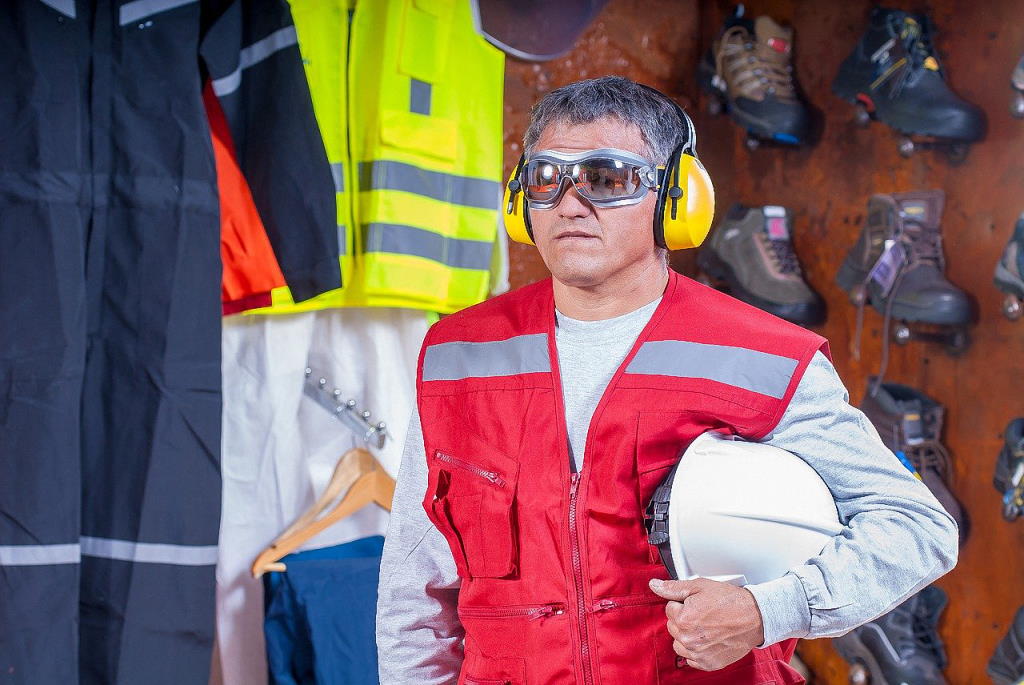Enhancing Hearing
Being able to hear is an amazing gift that lets us enjoy beautiful sounds that accompany what we see, smell, and touch. Losing our ability in any of these senses is emotionally painful but we can take simple steps to reduce the risk of this happening in areas that are within our power when at work or play.

This article focuses on hearing protection and provides an overview of useful information and possible solutions in layman’s terms that are simple and easy to understand.
- THE SCIENCE OF HEARING
Our ear is divided into 3 parts:
• The outer ear consists of the pinna (also called the auricle), ear canal, and eardrum.
• The middle ear is a small, air-filled space containing three tiny bones called the malleus, incus, and stapes.
• The inner ear has both hearing and balance organs.Sounds captured by the outer ear passes through the ear canal to the middle ear. The middle ear acts as a mechanical amplifier to amplify the small movements created by sound waves on the Tympanic Membrane (aka Ear Drum) into larger movements at the Stapes into liquid waves inside the cochlea which is like a snail’s shell.
Inside the cochlea are bunches of tiny sensitive hairs. The liquid waves travel into the cochlea stimulates these tiny hairs which then sends electrical signals to the brain. The brain discerns these signals as sounds. At the entrance to the cochlea are hairs that detect higher frequencies (16kHz) and towards the top, lower frequencies (0.5kHz).
Hearing loss is permanent!
High-frequency hearing loss occurs first because the energy of the liquid waves at the entrance into the cochlea is highest causing the hairs to fall off first. These hairs cannot regenerate and result in permanent loss of hearing at these frequencies. Understanding speech becomes challenging because of difficulties in hearing consonant letters F, H, and S.
This underpins the importance of adequate hearing protection in work environments where sound pressure levels are high. Listening to loud music continuously is harmful when using in-ear canal headsets. High-frequency hearing loss is also common with aging due to degeneration and exposure.
- UNDERSTAND NOISE EXPOSURE LIMITS
In the work environment, it is useful to reduce prolonged noise exposure to avoid irreparable hearing damage. OSHA’s recommendations provide an excellent guide on this.
Companies that have work activities that expose individuals to loud noises continuously can conduct a noise audit to determine the level of noise exposure their workers face. With better insight, measures can be taken to keep their noise exposure at a safe level. These may include suitable PPE supplies for hearing protection and communication equipment, work procedures, training, and policies that are easy to adopt and follow as needed.
Hearing protection PPE includes earmuffs and earplugs which are easily available. Selecting the correct NRR (Noise Reduction Rating) for these is important. For example, for noise levels of 105dB, a pair of 20dB NRR earplugs or earmuffs will reduce it down to a safe level of 85dB.
- COORDINATING WORK IN NOISY ENVIRONMENTS
Keeping the noise out is easy with the correct earplugs or earmuffs. However, what if you need to coordinate work with a team working on a site that is noisy or has poor visibility? Situations like this require good communication and hearing protection!
- ARE THERE SOLUTIONS AVAILABLE?
Yes, and there are several solutions but each has its limitations.
VISUAL METHOD
This is another common method for simple work coordination using a limited set of signals. It uses a whistle to get attention and workers must be within the listening range which depends on the noise level in the area. Common signals such as STOP or GO can be easily communicated with short or long whistle blasts besides other distinctly different patterns. The people involved must be well versed in the whistle patterns and do not have hearing impairments. This method may be used with visual signals and workers can use their hearing protection as whistle blasts can be loud and distinctive. A limitation is not to have other teams nearby using this method. While useful for basic coordination it cannot be used when special instructions need to be communicated.PHONE & INTERNET METHOD
The ubiquitous smartphone with voice and data services seems a good choice with walkie talkie apps and wireless handheld PTT devices. This can be useful for work that is less critical as it relies on your phone company who cannot provide service quality assurance other than a “best-effort” basis. Networks can get congested and signal quality varies with location. Team members may be using different service providers which introduces inter-network transmission delays. Most importantly, incoming calls can disrupt work communication unexpectedly during crucial moments and needs to be considered.WALKIE TALKIE METHOD
This is widely used in many industries and is a good tool for communication. We can use handheld walkie talkies with earpieces placed inside our earmuffs to work safely in noisy areas. You activated your Push-To-Talk (PTT) to speak and your voice is transmitted together with the background noise through your microphone. Some team members may struggle to hear your message with this background noise and at times interference from other radios in the vicinity. After you finished speaking, one or two team members who did not hear you request you to repeat a certain part. This delay in trying to understand instructions fully can pose coordination, safety, and other issues in time-sensitive situations. This scenario happens because most walkie talkies do not have noise filtering and are prone to interference from other groups using walkie talkies nearby.
